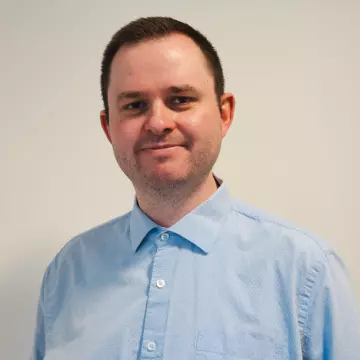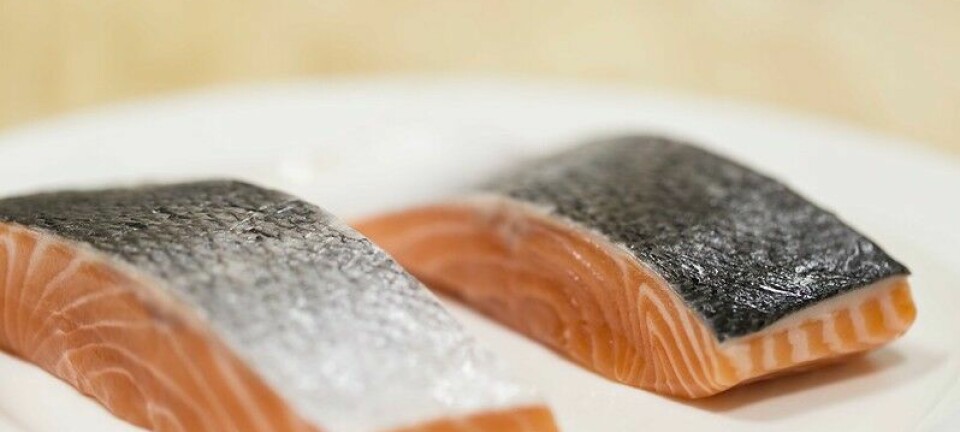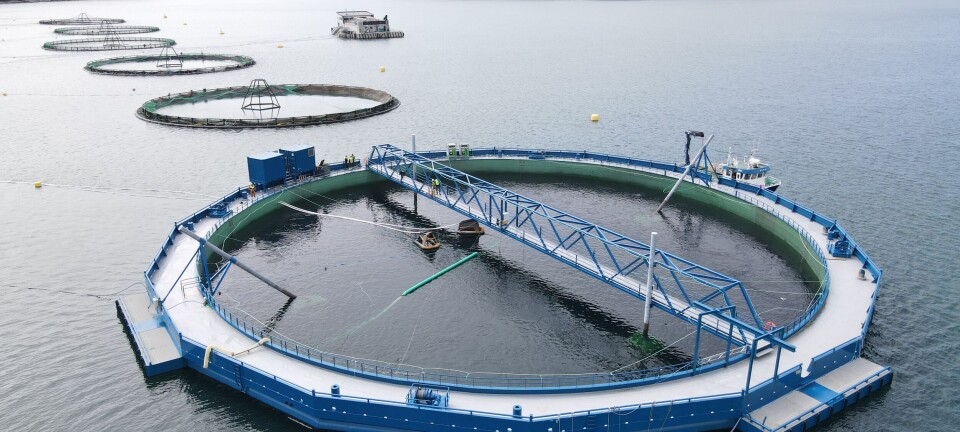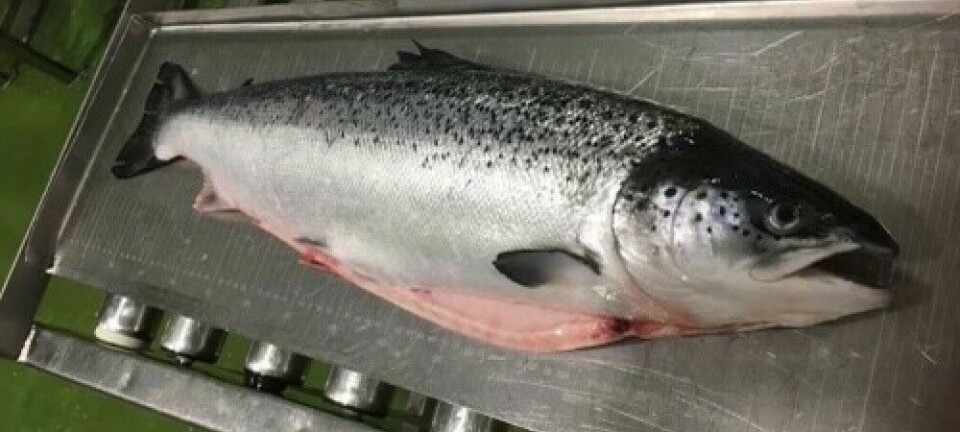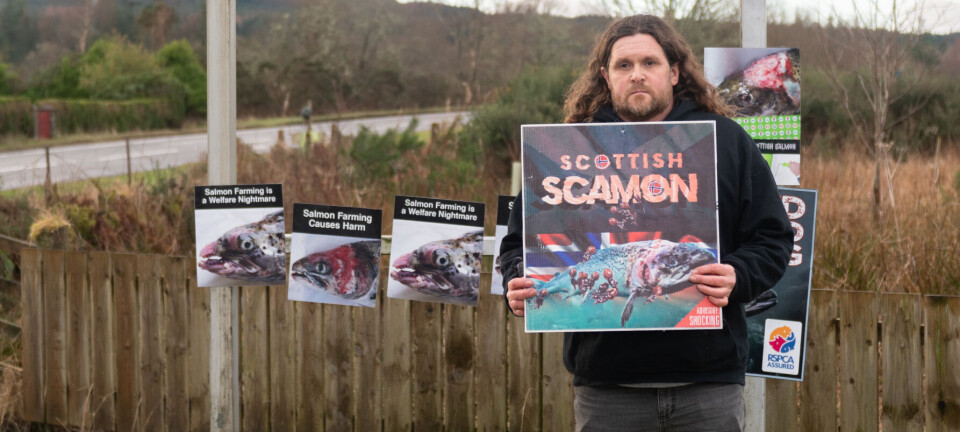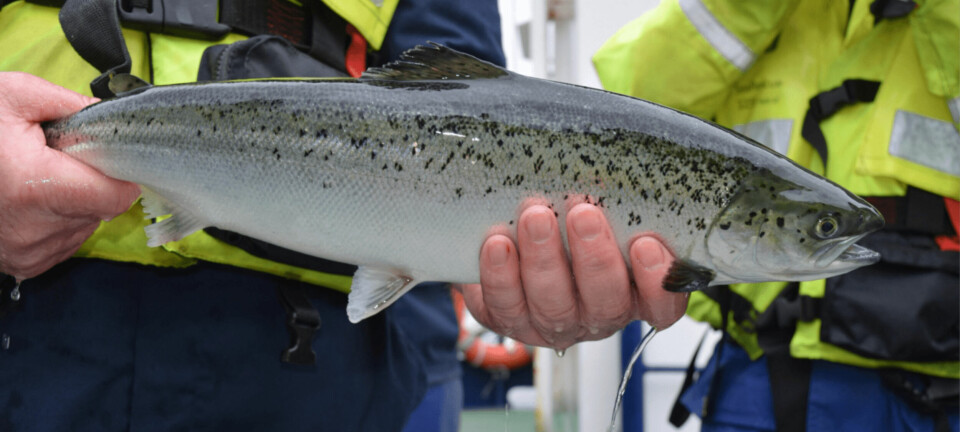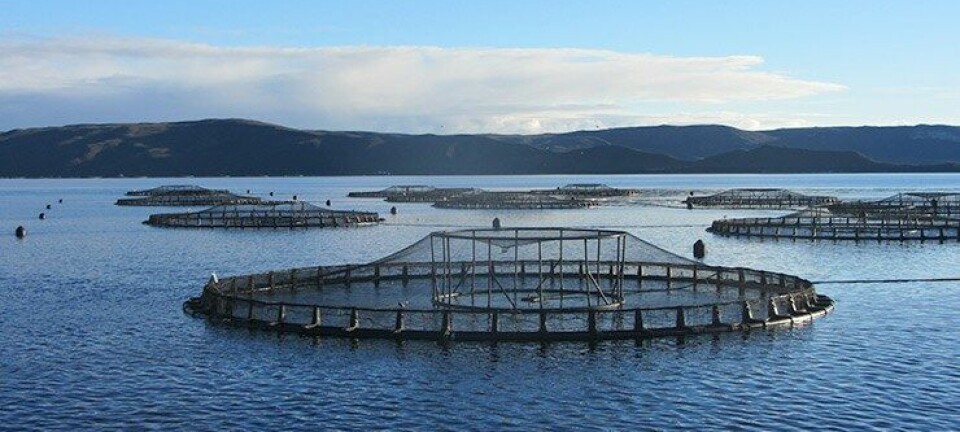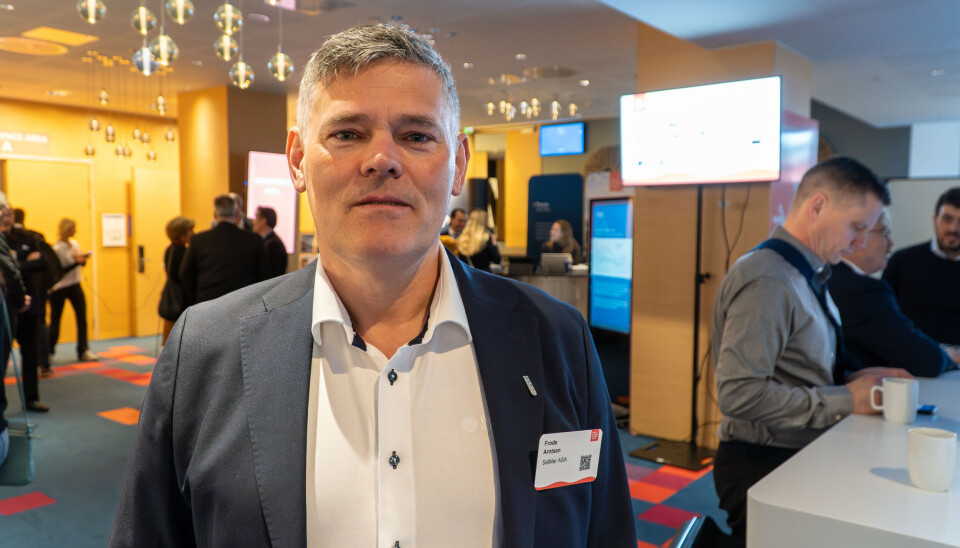
SalMar plans to invest £135m
The majority of the spend will be related to fish welfare, says chief executive Frode Arntsen
The Norwegian operation of the world's second largest Atlantic salmon farmer, SalMar, made an operating profit (operational EBIT) of NOK 1.485 billion (£105.7m) in the last quarter of 2024, SalMar said in its Q4 2024 report today.
During the quarter, SalMar harvested 67,300 gutted weight tonnes and made operational EBIT per kg of NOK 22.1. Operational EBIT for the group was NOK 1.489bn, the harvest volume was 73,800 tonnes, and operational EBIT per kg was NOK 20.2.
"The fourth quarter of 2024 marks the end of a challenging year for SalMar. However, biological conditions and results clearly improved towards the end of the year. This gives brighter prospects for 2025," writes the company.
The SalMar board recommends a dividend of NOK 22 per share for the financial year 2024.
Acquires local farmer
SalMar chief executive Frode Arntsen writes that the company has seen good biological development at sea throughout the quarter, particularly in Northern Norway.
"Together with the solid structure we have in SalMar, and thanks to our employees who have handled a challenging year in a formidable way, we deliver good financial results in the period. With better biological status, the outlook for 2025 looks brighter compared to last year," says Arntsen.
In February 2025, the purchase of a controlling stake in AS Knutshaugfisk was completed. AS Knutshaugfisk currently has 3,466 tonnes maximum allowed biomass (MAB) in licences and four farming sites in production area 6 in Central Norway.
Since the purchase of NTS and the merger with NRS in 2022, SalMar has held a 37.5% ownership stake in Wilsgård AS. In February 2025, SalMar ASA and Wilsgård Sea Service AS, which together own 75% of the shares in Wilsgård AS, agreed to work together for a further development of ownership in Wilsgård. This includes a consolidation with SalMar. Wilsgård currently has a strong presence on Senja and has 5,844 tonnes MAB in licences in production areas 10 and 11 in Northern Norway.
"Wilsgård AS is a well-run company based on Senja. They operate in the heart of one of SalMar's core areas, which is one of the best areas in the world for aquaculture. Over many years, SalMar has had a good relationship with the company," emphasises Arntsen.
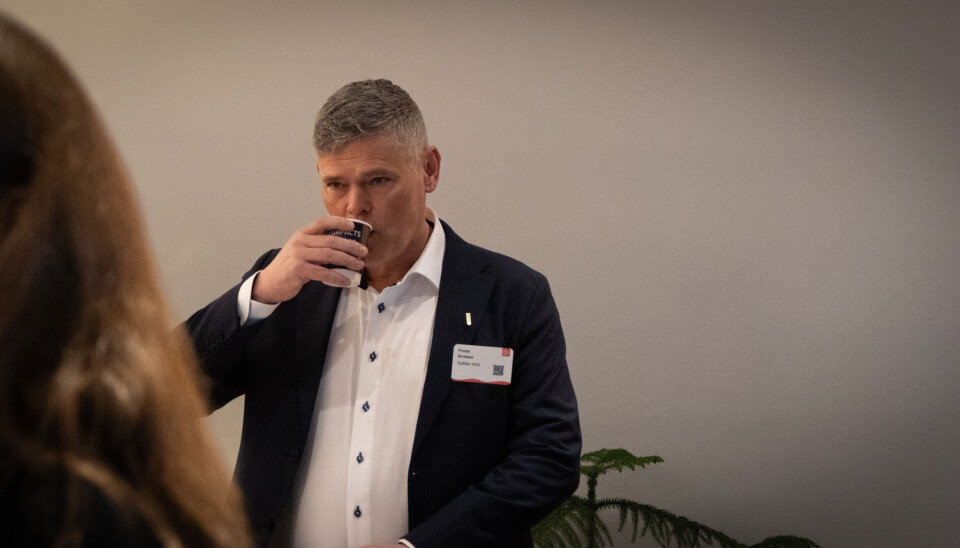
Maintains guidance
SalMar writes that it has several initiatives under way throughout the value chain. The goal is to improve results both biologically and financially. In 2025, the company expects to invest NOK 1.9 billion (£135m), with the majority of the investments being related to fish welfare.
For 2025, SalMar maintains volume guidance of 254,000 tonnes in Norway, 9,000 tonnes from SalMar Aker Ocean, 15,000 tonnes in Iceland, and 32,000 tonnes in Scottish Sea Farms (100% basis), which it owns 50-50 with fellow Norwegian salmon farmer, Lerøy. Taking into account its half share from Scottish Sea Farms, a total of 294,000 tonnes is expected for the group, a growth of 17% in harvest volume compared to 2024.
SalMar is experiencing strong demand for its products and expects low global supply growth in 2025.
"We see significant opportunities for improvement, cost reduction, and growth in all parts of our business, and we consider ourselves well-positioned to realise this potential. We have faced challenges in 2024 that have affected harvest volumes, but we are taking action, adapting, and improving throughout the value chain," concludes Arntsen.
